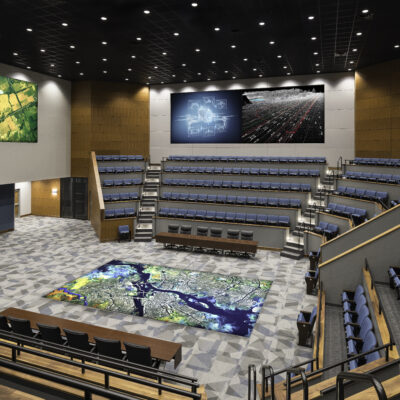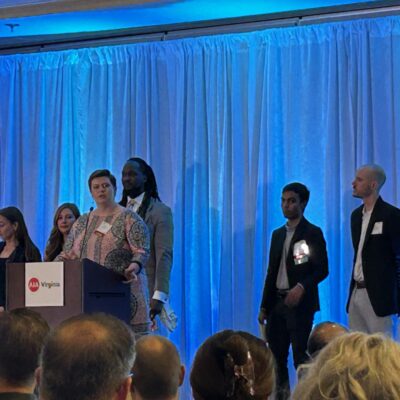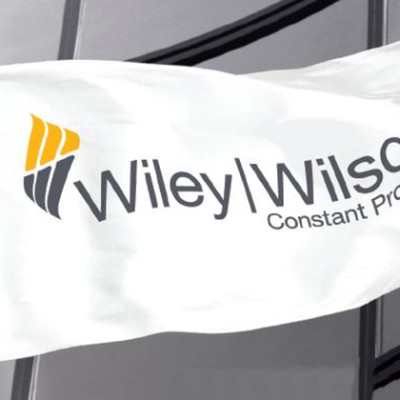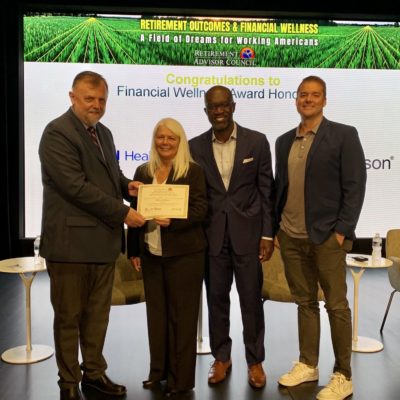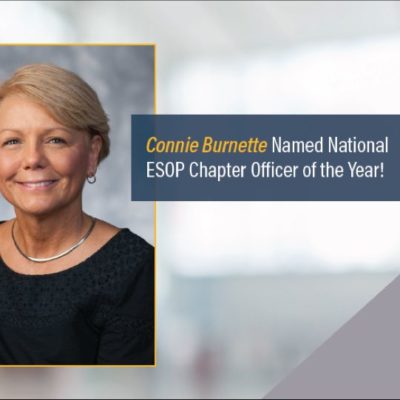UVA’s Alderman Road Residence, Gibbons Hall, Earns LEED Gold Certification
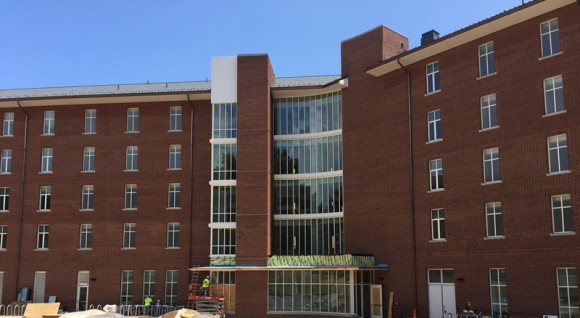
Wiley|Wilson and its design and construction partners are pleased to announce that the University of Virginia’s Gibbons Hall, for which Wiley|Wilson provided electrical engineering design and support, has earned LEED® Gold certification for its sustainable design elements and implementation of green building best practices.
“Earning LEED Gold certification is a tremendous accomplishment and we are pleased to have helped the University of Virginia achieve this goal,” said Neil McSweeney, PE, Wiley|Wilson Senior Vice President. “Gibbons Hall now features several features that will enable the facility to operate as efficiently as possible, without compromising cost or comfort.”
Wiley|Wilson was responsible for comprehensive electrical design of the new facility, including:
• interior and building-mounted exterior lighting
• site lighting power control
• building’s electrical and telecommunications infrastructure
• comprehensive interior commercial electrical power system design
• interior telecommunications and data infrastructure design
• interface with the A/V system designer
• coordination with fire protection systems
Several electrical design features were cited by the US Green Building Council as contributors to the facility’s earning LEED Gold status, including elements contributing to optimal energy performance and minimal light pollution.
“Gibbons Hall is an excellent representation of how environmentally sound features can be implemented into a building’s overall design for optimal effect,” Neil added. “We look forward to helping the University continue reaching its sustainability goals.”
About LEED
LEED, Leadership in Energy & Environmental Design, is the most widely used green building rating system in the world, with nearly 69,000 LEED certified commercial buildings in more than 150 countries and territories globally. LEED-certified buildings offer lower operating costs and better indoor environmental quality, making them attractive to a growing group of corporate, public and individual buyers. High-performing building features increasingly enter into tenants’ decisions about leasing space and into buyers’ decisions about purchasing properties and homes.

